
Hello Archinect!
Time for a head-to-head. Here are photos of the two recent food-and-architecture events that I attended: MXT at McGill University School of Architecture, and Three States of Hors d'oeuvres by the GSD's Project on Spatial Sciences.
MXT by Alberto Pérez-Gómez and team at McGill University School of Architecture: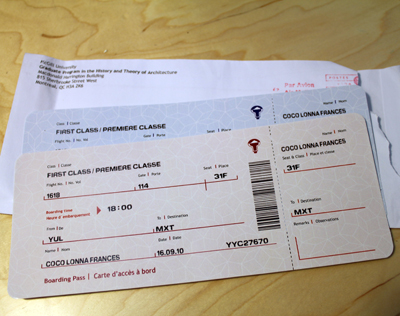

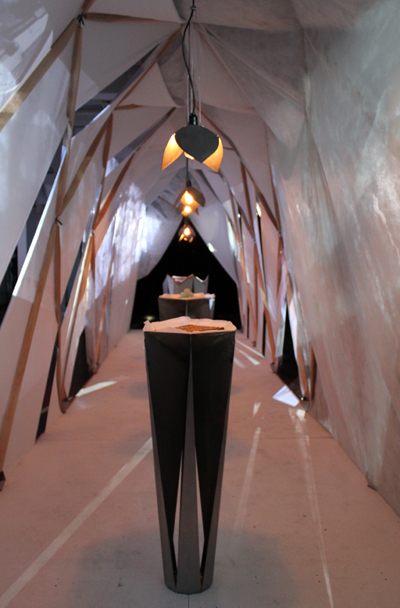
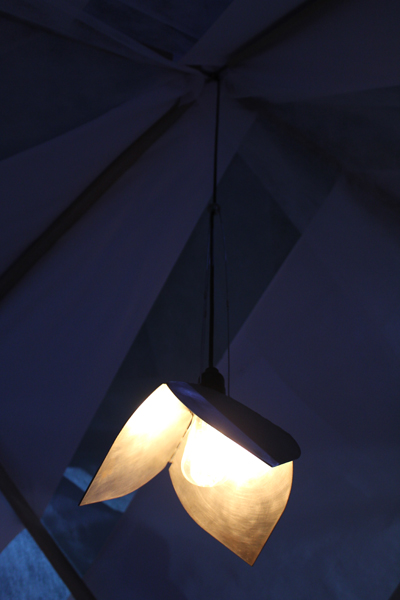
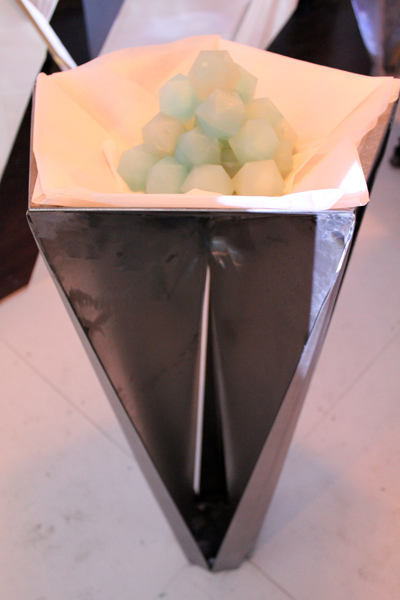


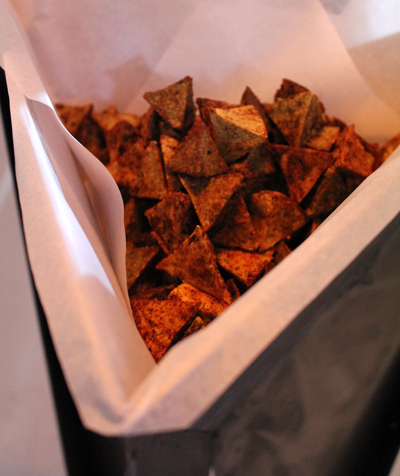
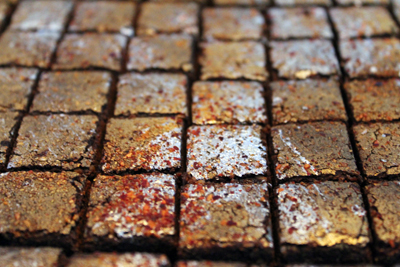




Three States of Hors d'oeuvres by the GSD's Project on Spatial Sciences at the Laboratory at Harvard: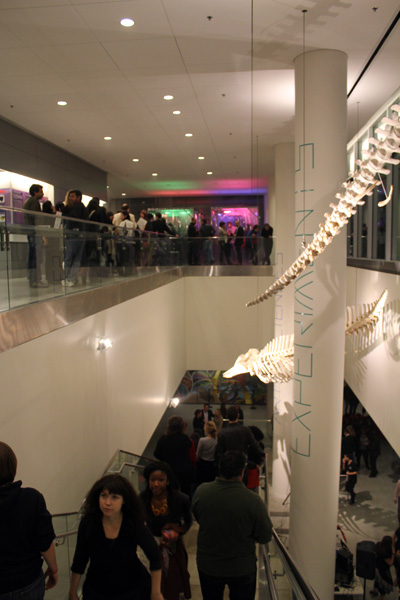


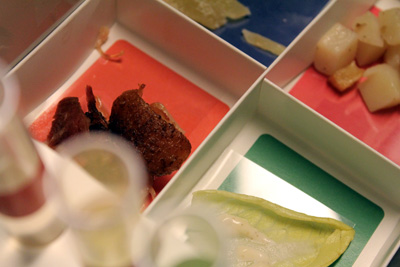

How to compare the two? In the most general terms, both investigated potential roles for architecture in defining experiences that are not only visual or formal, that engage multiple senses at once. Both served drinks in test tubes. And both were delicious excuses for a party.
A primarily goal for MXT was to investigate how the space of digital design, and digital fabrication, can be employed in a way that experientially engages all the senses in the telling of a story. Narrative and phenomenology are long-standing research areas for Alberto Pérez-Gómez, and the project drew on his prior creative work (installations, objects, photograph collages--and a novel, Polyphilo, in turn based on the erotic novel/architectural treatise Hypnerotomachia Poliphili published at the turn of the 16th century in Venice). Much of Alberto’s career as an architectural theorist has focused on understanding the emergence of modernity (on the long, long scale, starting with Greek antiquity) through issues of representation and technology as situated within their wider historical and intellectual contexts. He has often been highly critical of contemporary uses of--and assumptions about--the digital within architectural practice and thought, and this project represented his first major foray into the use of digital tools at this scale. It was, therefore, an experiment in creative criticality, or critical creativity. (As a side note, I wrote the grant for this project some four years ago, but have not been involved in the development of the project itself, so it was particularly exciting for me to go back and see how far my professor and colleagues were able to go from the springboard of an improbable and naively ambitious project description.)
The GSD kids, of course, have a relationship with technology that is much more intimate and much less complicated. The role of the digital was not explicitly problematized within Three States of Hors d’oeuvres, but the position that they put forward is critical of something that they see as endemic to our contemporary (and yes, digital) culture: the common assumption that space exists as a featureless Cartesian grid; that its primary attributes are visual and geometric. Their intervention defined a spatial experience through smell, touch, and taste--although color, which was used to label each of the four cloud stations in relation to its corresponding liquid and solid food, was also prominent in the experience they gave us.
As I compare the work of my old school with that of my new school, I realize that I’m still trying to translate between my McGill experience and my GSD experience. At the GSD, we don’t talk about phenomenology but we do (if we follow Sanford Kwinter) talk about neurophenomenology: as far as I can tell, this is very much like phenomenology but with less eros and with more scientist friends.
Along these lines, the Three States of Hors d’oeuvres project was more like a scientific experiment (if science were always sexy, like Uma Thurman and Ethan Hawke in GATTACA): it was highly edited to present specific stimuli in a relatively controlled manner. You could, of course, take your food however you wanted, but the installation made it very clear that in this universe, there was an orange cloud, a red cloud, a green cloud, and a blue cloud; an orange liquid, a red liquid, a green liquid, and blue liquid; and an orange solid food, red solid food, green solid food, and blue solid food. Within this quaternary universe, an abundance of things presented themselves, some with cloying charm, some with delicacy, some with singlemindedness, and some with a refined interpretation of what is vile--but the experience remained within its carefully scripted boundaries.
The MXT project, on the other hand, was more like a festive gesamtkunstwerk with a rich layering of elements that were sometimes tightly, sometimes loosely associated: a pavilion with interactive digital projections, furniture, food and drink, music (composed and performed as part of the project), a 3D digital world to explore at a computer station, and the enactment of all of the above by a team of performers/ushers in costumes which were at times quite elaborate. Through all of this--beautifully and idiosyncratically crafted and enacted--you could catch enticing glimpses of a story (or stories) being told, but the whole always remained a little elusive, being wrapped within the Byzantine structure of its creators’ minds (ahem, Jason). Of course, MXT marked the culmination of four years of exploration, whereas Three States of Hors d’oeuvres was a focused project closer to the order of four months, so maybe it was bound to be messy and exuberant.
I’d like to think more about the provocations that these two projects make--and maybe I will this spring, if a seminar that a bunch of us are planning comes to fruition--but for now I’d better get back to my homework.
Thanks for reading!
Lian
P.S. Credits for MXT at McGill University School of Architecture: Alberto Pérez-Gómez, Jason Crow, Per Kefgen, Paul Holmquist, Maria Elisa Navarro, Anya Domlesky, Diana Cheng, and team. Credits for Three States of Hors d'oeuvres at The Laboratory at Harvard: Etien Santiago, Day Jimenez, Mariela Alvarez, Andrew Zientek, Zenovia Toloudi, and team.
P.P.S. I can’t leave without letting you see the plan and elevation of the Hungry, Hungry Hippo, and My First Rendering, from last Thursday. Note the grass: my critic said we had to start thinking about the landscape condition and not just the building. This Thursday, we have our midterm review--wish me luck!

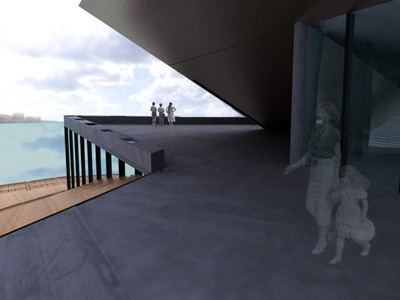
This blog was most active from 2009-2013. Writing about my experiences and life at Harvard GSD started out as a way for me to process my experiences as an M.Arch.I student, and evolved into a record of the intellectual and cultural life of the Cambridge architecture (and to a lesser extent, design/technology) community, through live-blogs. These days, I work as a data storyteller (and blogger at Littldata.com) in San Francisco, and still post here once in a while.



No Comments
Block this user
Are you sure you want to block this user and hide all related comments throughout the site?
Archinect
This is your first comment on Archinect. Your comment will be visible once approved.